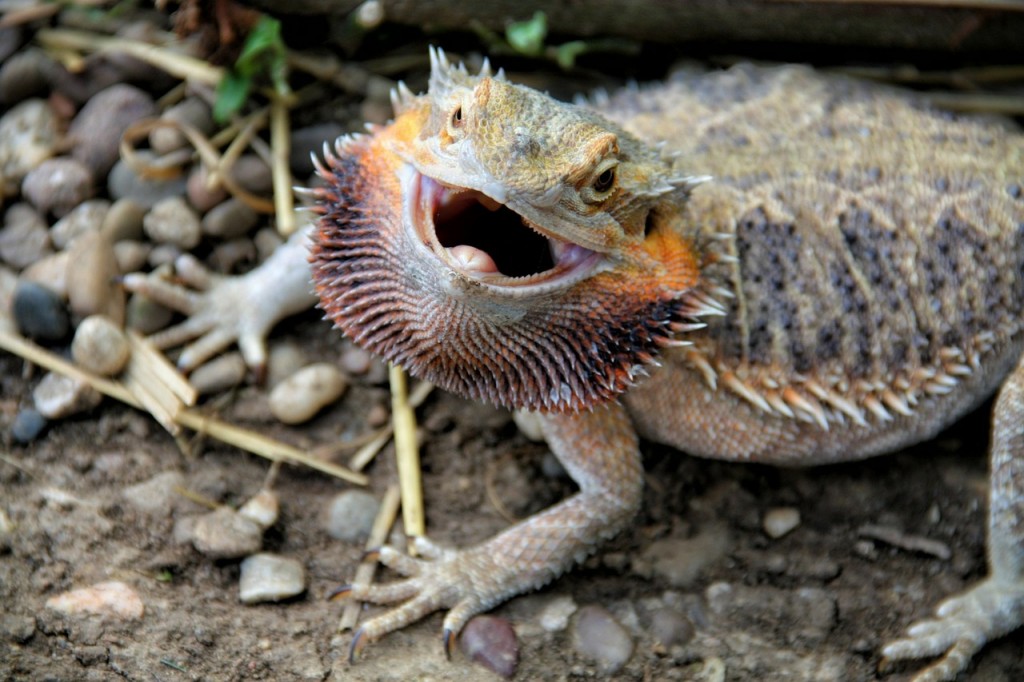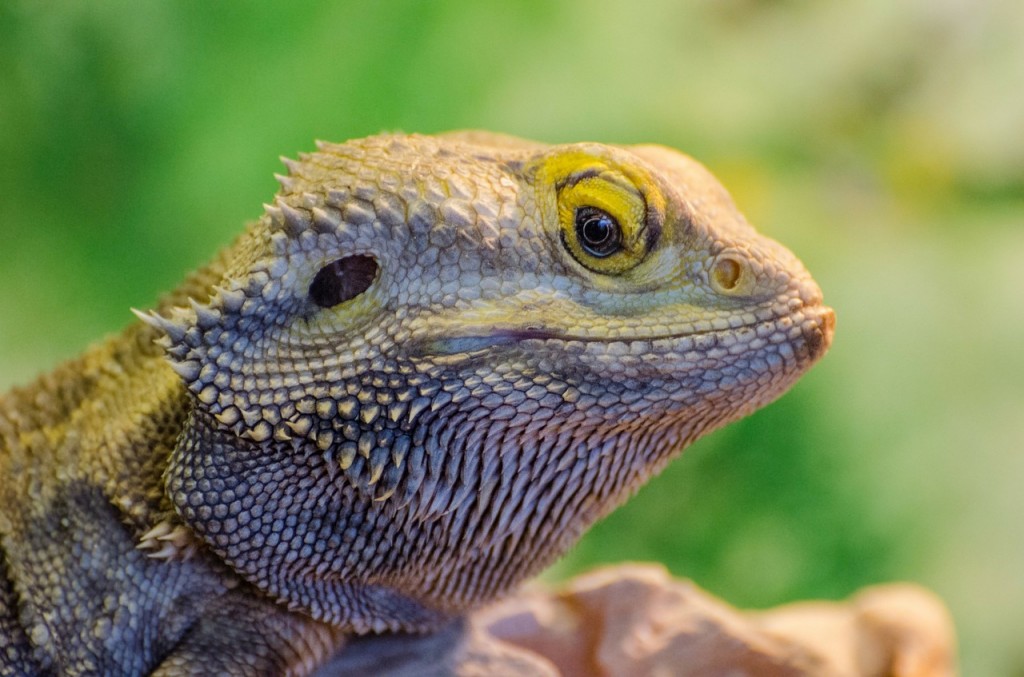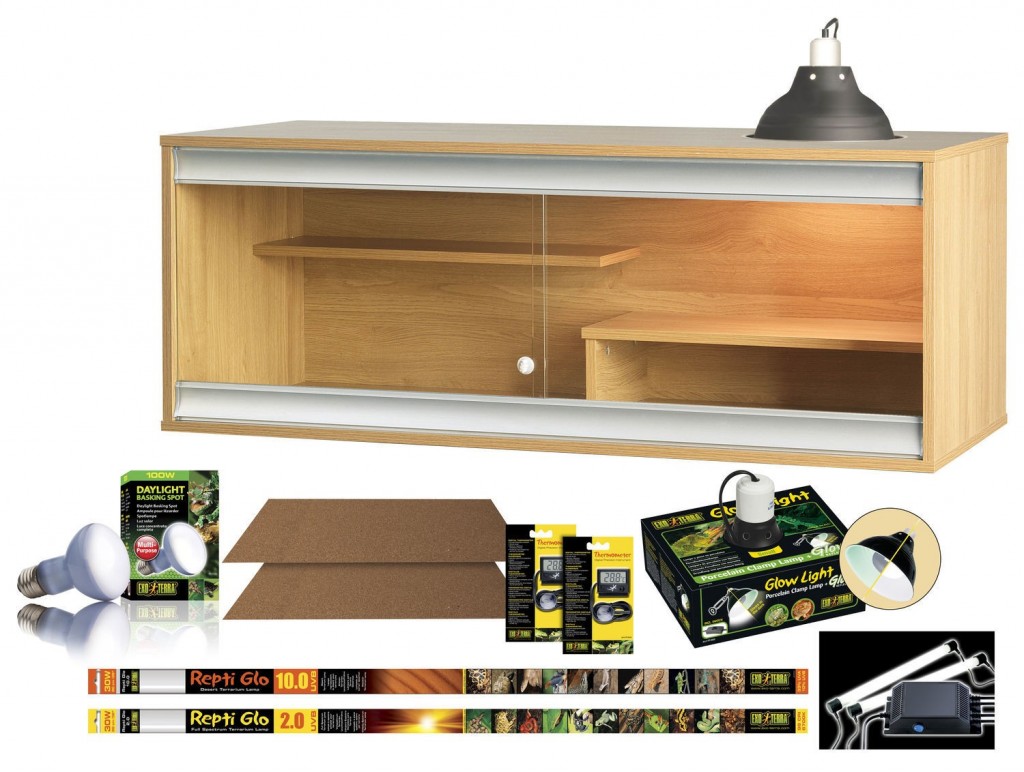£0.00 (0) Cart
Like owning any pet, getting a Bearded Dragon is a great responsibility, and not something you should even consider doing unless you are 100% informed and completely prepared to care for and look after these animals. There are many things you ought to take into account before getting a new pet – including your lifestyle, income, and number of household members – but assuming you've considered it and are still adamant about giving one of these beautiful Australian reptiles a new home, this Complete Bearded Dragon Care Guide will provide you with everything you need to know.
 The first thing you should know, before you even think about how you're going to house them, is what do Bearded Dragons eat? The good news is that, like humans, bearded dragons eat both animals and plants. The bad news is you have to be very careful about the size of the food you give it.
The first thing you should know, before you even think about how you're going to house them, is what do Bearded Dragons eat? The good news is that, like humans, bearded dragons eat both animals and plants. The bad news is you have to be very careful about the size of the food you give it.As a rule, whatever food you give these omnivorous creatures must be smaller than the space between their eyes. Providing them with food that is larger than this may possibly result in a number of possible conditions, including impaction (a blockage of the digestive tract) and hind-leg paralysis; both of which are incredibly unpleasant.
Though they are omnivores, we do not recommend that you force them to adopt a vegetarian diet. We cannot stress this enough, so to put it as clear and as blunt as possible we're going to say emphatically that 'to lead healthy lives Bearded Dragons must eat meat a minimum of once a day', in addition to leafy greens and a constant supply of water that they can help themselves to. We offer a wide range of live food that is great for bearded dragons.
Young Bearded Dragons (<18 months old) should be fed small crickets two or three times a day, and will commonly get through 50-a-day. Their daily diets should also consist of fresh green leaves, sprayed with a little bit of water to keep them moist and help your dragon stay hydrated.

Adult Bearded Dragons (18+ months) on the other hand can do with less (but no) meat in their diets. Feeding them live prey once a day will more than suffice, and whilst crickets are still a strong choice, you can also feed them Cockroaches, Locusts, Silk Worms and Butter Worms. You can also feed them Waxworms and Zophobas occasionally, but only ever as a treat. Leafy greens with a spritz of water is always a must.
Please Note: Never feed Bearded Dragons insects caught in the wild and always remove any uneaten prey once feeding time is over.
Wooden reptile vivariums are made for purpose, and will therefore have the correct ventilation and make use of the most efficient materials. We do not recommend using glass tanks or terrariums to house Bearded Dragons, as heat will be lost much too quickly for it to ever be considered an ideal habitat.
You may have noticed by now that heat regulation is an important part of keeping a Bearded Dragon, but so to is lighting. It is important to replicate the Bearded Dragon's natural habitat as accurately as possible in order for them to be comfortable, so you must ensure that for 14 hours of the day there is ample light and a very high basking temperature.
Most heat lamps are designed to provide both heat and light simultaneously, but it is important when you're choosing which lamp to go with to pick one that provides at least 10% UVB light, which is a standard for desert dwelling creatures. With insufficient UV light reptiles like Bearded Dragons will develop any number of bone diseases, due to a lack of vitamin D which is used by their bodies to absorb calcium.
During the night time it is essential that you keep the area surrounding your Bearded Dragon habitat as dark as possible whilst maintaining a 26.5°C temperature. This should not be terribly difficult to achieve, but having a ceramic heater or heat mat in place just to be sure would not go amiss. We also recommend that you have a vivarium thermostat present and clearly on display in your vivarium so that you can monitor the temperature at all times.
Once you have your heat and lighting sorted all you have to worry about is your vivarium's decoration. It is necessary to lay down a substrate on the bottom of your habitat and though you can use newspaper or paper towels, we would always suggest going for a purpose made material, such as 'reptile carpet'. Sand or shavings can be used as vivarium substrates for adult Bearded Dragons, but not young ones as they may eat it and become ill. NEVER use crushed walnut shell for either.
Aside from the substrate you can decorate your vivarium however you like. Bearded Dragons are not avid climbers, but they do enjoy a little variety in their topography so a single log and a large stone will suffice as a bare-minimum, but feel free to throw in a couple of artificial or desert plants if you fancy.
If after reading this you're more enthused than ever but are still uncertain what equipment you will need in terms of habitat and lighting, we offer a full Vivexotic Viva Bearded Dragon Starter Kit worth £300 for only £219, as well as a handy video on how to set it all up.